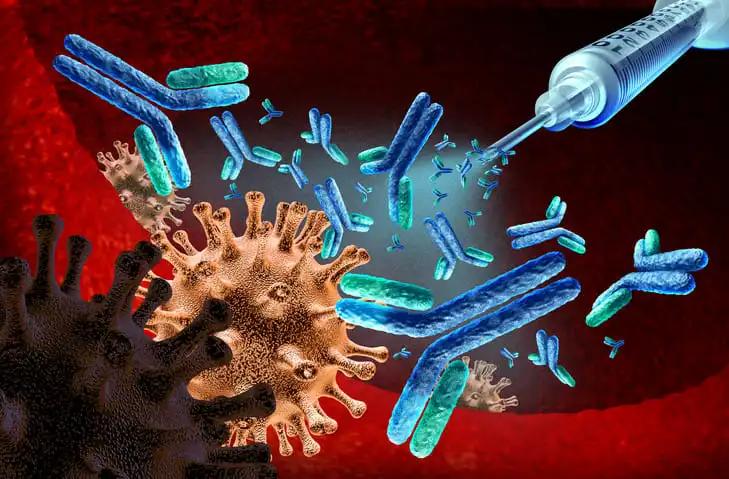KEY TAKEAWAYS
- The phase 2 GUIDANCE-03 trial compared the efficacy and safety of CHOPX with CHOP in newly diagnosed PTCL pts.
- The study’s primary endpoint was the CRR at the EOT for PTCL pts.
- The study demonstrated that CHOPX is safer and more effective in treating PTCL than the standard CHOP treatment.
The standard CHOP (Cyclophosphamide, doxorubicin, vincristine, and prednisolone) chemotherapy is the most common treatment for front-line management in patients (pts) with peripheral T-cell lymphoma (PTCL). This phase 2, multi-center, non-randomized clinical trial compared the efficacy and safety of targeted agents combined with CHOP (CHOPX) with CHOP in newly diagnosed PTCL pts.
The primary endpoint of this study was the complete response rate (CRR) at the end of treatment (EOT). Newly diagnosed PTCL patients were assigned to either the CHOPX or CHOP group at the researchers’ discretion. Patients in the CHOPX group received a combination of intravenous cyclophosphamide 750 mg/m2, doxorubicin 50 mg/m2, and vincristine 1.4 mg/m2 (up to 2 mg) on day 1, and oral prednisone 60 mg/m2 (up to 100 mg) on day 1 to 5, every 21 days at the first cycle. From the second to the sixth cycle, a targeted agent (X) was added to the treatment, intravenous decitabine 10 mg/m2 on day -5 to -1 if the patient had a TP53 mutation. Patients with TET2/KMT2D mutation were given 100 mg of subcutaneous azacytidine from day −7 to −1, and those with CREBBP/EP300 mutation were given an oral chidamide dose of 20 mg on days 1, 4, 8, and 11. However, pts without these mutations received an oral lenalidomide dose of 25 mg from day 1 to 10. The standard CHOP regimen was administered to the control group for six cycles. The treatment’s efficacy and safety were studied in the intent-to-treat population.
In the study, 108 patients were evaluated to determine eligibility. Ten pts did not meet the criteria, and 2 withdrew their informed consent before treatment. The intent-to-treatment population included 48 patients in the CHOPX group and 48 in the CHOP group. Both groups had similar baseline characteristics, including gender, age, Ann Arbor stage, performance status, and prognostic risk group. Angioimmunoblastic T-cell lymphoma (67% vs. 60%) was the most common pathological subtype in the CHOPX and CHOP groups. The CHOP group had a higher prevalence of the PTCL-not otherwise specified subtype (21% vs. 17%) and anaplastic T-cell lymphoma (8% vs. 6%). At EOT, 91 pts completed response evaluation as of February 1, 2023, and the CHOPX group had a significantly higher CRR compared to the CHOP group (58% [25/43] vs. 33% [16/48]). In the CHOPX group, neutropenia (61%) and febrile neutropenia (27%) were the most frequent grade 3-4 hematological adverse events.
The study reported that using targeted agents combined with CHOP was effective and safe, surpassing the standard CHOP in PTCL. Concentrating on molecular characteristics during treatment planning can change PTCL management in the front-line setting.
Source: https://onlinelibrary.wiley.com/doi/10.1002/hon.3163_42
Clinical Trial: https://classic.clinicaltrials.gov/ct2/show/NCT04480099
Cai, M., Cheng, S., Jing, H., Cui, G., Niu, T., Wang, X., Shen, J., Huang, L., Huang, Y., Wang, L., Xu, P., & Zhao, W. TARGETED AGENTS COMBINED WITH CHOP COMPARED WITH CHOP AS THE FIRST-LINE THERAPY FOR PERIPHERAL T-CELL LYMPHOMA: PRELIMINARY RESULTS FROM A PHASE 2 GUIDANCE-03 TRIAL. Hematological Oncology, 41, 78-79. https://doi.org/10.1002/hon.3163_42.



